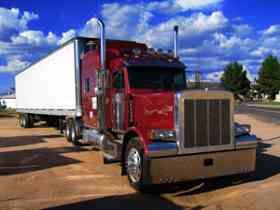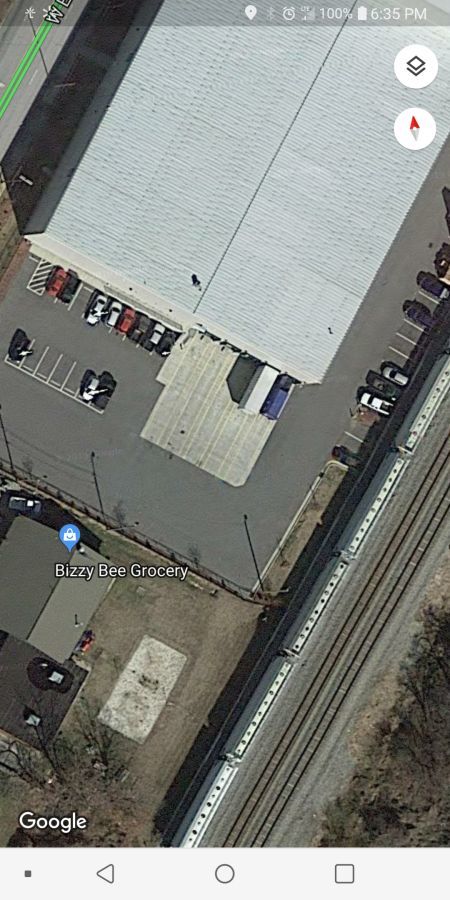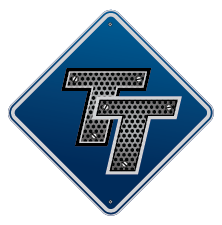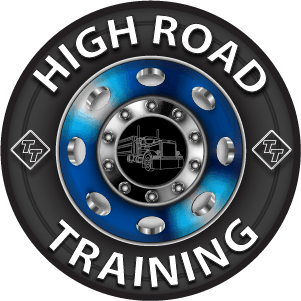Trip Planning Practice #1
Topic 26952 | Page 1
Overall Route as follows:
US 71 to I-29 to I 435 to I 35 to US 169S to US 75S to US 62S to National Indian Turnpike to US 271S to US 82 to TX 24S to TX 19S to US 287S to TX19S to I-45 to TX8D to TX225.
This pretty much avoids all major cities until I get to Houston.
30 Minute Break: On the Go in Edwardsville, KS (314 miles from shipper)
First overnight at Flying J in Tulsa (543 miles) with two contingents before: Love's Nowata, OK (184 miles from 30 minute break) or Love's Chanute, KS (117 miles from 30 minute break)
If I make it to the Flying J in Tulsa at about 3:00 a.m, I can get started next day at 13:00
30 minute break, Loves in Paris, TX (188 miles)
Second Overnight at this point: Love's Willis TX (250 miles from 30 minute break)
I've got to work on this a little more, because parking around Houston is a mess according to Trucker Path. I would probably just reserve a spot at the Love's in Willis, Texas. Shutting down for the night about 1:00
I could get going again at 11:00 a.m. Even with Houston traffic, I should be able to make it to the customer by 15:00 (a day early)
There is a Blue Beacon 12 miles away in Baytown, TX
Even if it takes me 4 hours of drive time on that Friday, unload two hours (maybe 8/2 split), and hour to get the truck washed out. I got 7 left on my 14 and 7 hours of drive time left.
Shipper:
The customer who is shipping the freight. This is where the driver will pick up a load and then deliver it to the receiver or consignee.
Ooo awesome thank you Kearsey! My road atlas should be in the mail today so I will give it a go later! Also, just downloaded the Trucker Path app. Any other good app recommendations for trip planning? I see people recommending Google maps for basic routing info (not to be followed to the T, lol) as well as getting an idea of final mile type stuff.
Ooo awesome thank you Kearsey! My road atlas should be in the mail today so I will give it a go later! Also, just downloaded the Trucker Path app. Any other good app recommendations for trip planning? I see people recommending Google maps for basic routing info (not to be followed to the T, lol) as well as getting an idea of final mile type stuff.
I use Google maps for satellite views rather than routing. I also use the TA/Petro, Flying J, and Loves apps.
Look at the satellite view for parking and understanding layouts at customers and truck stops. ANY info you have before hand will calm your nerves.


Truckers Path app is great for information on truck stop layout and available parking. Now parking can get full earlier then you expected in large busy cities so you need to plan for that too. Don't just roll into a truck stop and think you can find a spot at the Fling J in Tulsa at 3:00am. Parking gets full around 5:30pm. Call the receiver to get exact instructions into a new place and ask about estimated unload time and parking on-site or close by if you run out of hours.
When planning routes, you can use google maps satellite views to take a peak at roads.. is it a multi-lane divided highway? a 2 lane highway or a road? narrow or wide lanes? are there houses on it? blind curves? hilly?
This is a skill that will take alot of trial and error to get it down. The truly successful drivers are the masters at this and it did not happen over night. And some never master it.. I'm still a work in project and getting better every time.

Kearsey emphasized...
Look at the satellite view for parking and understanding layouts at customers and truck stops. ANY info you have before hand will calm your nerves.
...so very important, could not agree more. PREPARATION. Know what to expect and have a basic set-up plan before you arrive.

And 1 more thing that should not be overlooked.. the weather at the pickup, the weather forecast for your route and the forecast for the receiver. Interstates get plowed and treated before secondaries do.
Interstate:
Commercial trade, business, movement of goods or money, or transportation from one state to another, regulated by the Federal Department Of Transportation (DOT).
Kearsey emphasized...
Look at the satellite view for parking and understanding layouts at customers and truck stops. ANY info you have before hand will calm your nerves.
...so very important, could not agree more. PREPARATION. Know what to expect and have a basic set-up plan before you arrive.
But alao be prepared for anything. A few weeks ago this came up and 90% satellite view ia great but things do change. For example i got to a reciever today and expected this...

A somewhat tight dock because of the parking. You cant really swing in to then swing out if the cats are there. Not super difficult i was more worried about the tight narrow drive off a right turn to get in.
What was there thia morning....

They decided to park a boom lift in that corner which stole probably 6 to 8ft from me trying setup. Also to my chagrin they added big parking blocks where those cars are parked so i couldnt cheat there to make up for it.
Every boxer has a fightplan until he gets punched in the face. You gotta be able to react to changes though because they come up alot. I walked around the lot for a few minutes and took a bit extra time and it all worked out.
HOS:
Hours Of Service
HOS refers to the logbook hours of service regulations.You know I wish I had a road atlas with me right now cause I certainly would. When I was with C1 Tractor Trailer Training I learned how to trip plan and did well I just still feel very much in need of practice cause I still struggled a little bit. I love that you are doing this Rainy/Kearsy! By the way I have been watching your YouTube videos! I love learning more about trucking 
New Reply:
New! Check out our help videos for a better understanding of our forum features

















Preview:








 TT On Facebook
TT On Facebook
In keeping with Brett's vision of educating and encouraging, I decided to post one real trip per week as a trip planning exercise.
This is for newbies who need extra practice, or someone just starting CDL school. Trip planning and time management can be difficult but practice makes perfect, so get a jump on it to make rookie life easier and start earning that money faster.
The "empty miles" is what you will drive right now to your pick up. The "loaded miles" are the miles between your pick up and delivery.
Use your atlas to find your best route, and be sure to add extra time for any cities, mountains, fuel stops, 30 min breaks, and your 10 hour breaks. The weight of the load and terrain can burn more fuel, so be sure to stop and fuel! Use Trucker Path or a truck stop guide book to help you select parking and fuel stops. Be sure to plan to park after the customer.
This load is a meat load, so finding a washout (use google) could be another step. If you are flatbed, then add tarp time instead.
Remember: You can only drive 11 hours per day must include a vehicle inspection, must abide by the 14 hour clock. (see the High Road for HOS , or just ask on the thread if you have questions.)
Pickup: Wed at Noon
Dock time getting loaded is 2 hours
Delivery: Saturday at 1500
Weight: 42,000 pounds
Have fun... and post the route and truck stops you chose.
CDL:
Commercial Driver's License (CDL)
A CDL is required to drive any of the following vehicles:
HOS:
Hours Of Service
HOS refers to the logbook hours of service regulations.